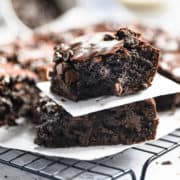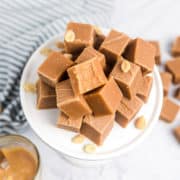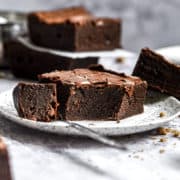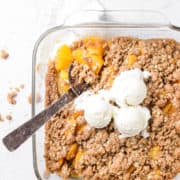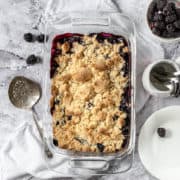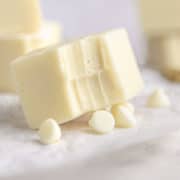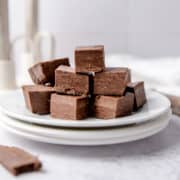Ginger is a versatile ingredient that can be used in both savory and sweet dishes. It can also be made into teas and infusions. Ginger root is popular all over the world and it has a fragrant, distinctive aroma and taste. If you know how to store ginger, you will be tempted to find new, appealing recipes to include it in.
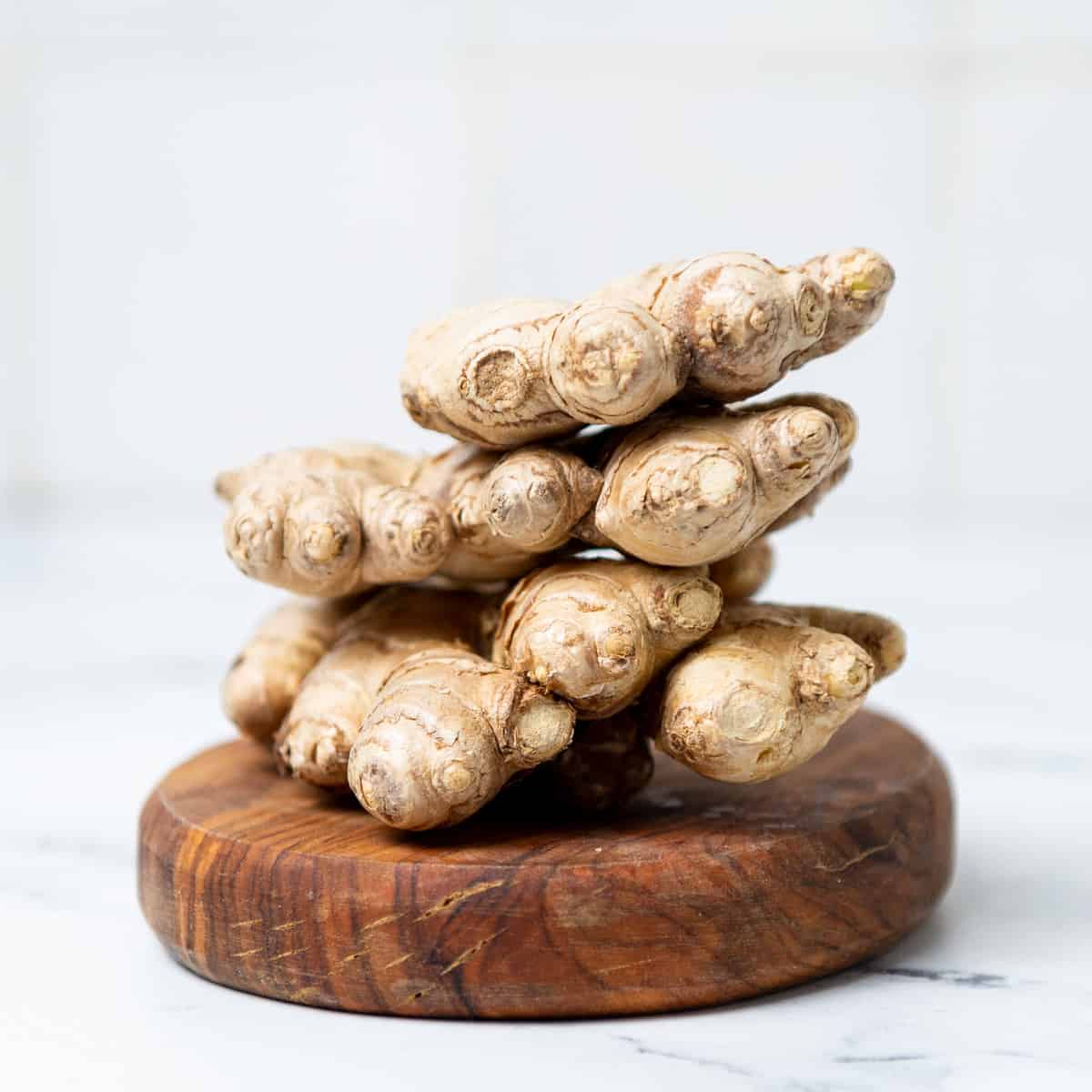
Jump to:
There are plenty of wonderful dishes you can make with fresh ginger rhizome or with dried ginger, including delights like molasses cookies. Gingersnap cookies also add flavor and texture to various desserts, like pumpkin cheesecake or mini cheesecakes. Sometimes I like to add some ground ginger as well as the gingersnap cookies to boost that wonderful ginger taste!
Ginger tea is reputed to soothe an upset stomach. I find the best way to make this is to peel a little fresh ginger root with a vegetable peeler and add it to a cup of hot water, adding honey or sugar to taste. This has soothed many upset tummies in my family. If you make ginger cubes or thin slices this is a great way to maximize the ginger flavor since more of it will be exposed to the hot water. Save the remainder of the ginger for future use.
What is Ginger?
Ginger (Zingiber Officinale) is used as a folk medicine and food ingredient all over the world. It grows as the rhizome (the bottom part) on a flowering plant and is in the same family as cardamom, turmeric, and galangal.
Southeast Asia is where ginger originated some 5,000 years back, and was actually one of the first spices to have been exported from the area. Ancient Romans and Greeks enjoyed using a lot of ginger. More than 4 million tons of ginger are produced annually, 44% of which is grown in India.
Ginger is often used to relieve nausea in pregnancy, travel sickness, or during chemotherapy, for example. There aren't a lot of vitamins or minerals in it, since fresh ginger is usually eaten in such small amounts. It does contain some calcium, magnesium, potassium, phosphorous, sodium, and Vitamin C though.
As well as featuring in desserts, ginger is good in Asian stir-fries, Indian dishes that use coconut milk, chicken soup, sushi, bread, and more. If a recipe calls for allspice, nutmeg, or cinnamon, ginger is often an acceptable alternative. It can be chopped, sliced, diced, minced in a food processor, or cut into ginger pieces depending on the recipe.
Tips for Buying Ginger
While purchasing ground, pickled or pureed ginger paste from the grocery store is largely a matter of inspecting the packaging and checking the use-by date, choosing the very best fresh ginger root isn't as straightforward.
Select ginger that's smooth, firm to the touch, and mostly blemish-free. Wrinkled garlic root is dehydrated so choose something smoother and firmer. Ginger should be bright yellow inside rather than brown, yellow, or with gray rings. Reject any ginger that feels mushy or has visible mold or a moldy smell.

How to Store Ginger
Knowing how to choose the freshest ginger and store ginger means you can preserve its potent flavor for as long as possible. Although it's usually stored at room temperature at the grocery store and purchased in a paper bag, keeping it on the kitchen counter isn't the best way to prolong its life. These are the best ways to store ginger long-term for the best results:
- Put an unpeeled ginger root in a Ziploc bag or airtight container and keep it in the refrigerator's crisper drawer or a similar cool, dark place.
- If you have peeled fresh ginger, wrap it tightly in plastic wrap and then keep it in the crisper drawer.
- Minced ginger should also be kept in an airtight container in the crisper drawer.
- Another way to store ginger root is to freeze it, but don't forget to wash and dry it first, and keep it in a resealable plastic bag or freezer-safe bag or container. Freeze it in oil in an ice cube tray if you have too much ginger on your hands - a little does go a long way! You can grate frozen ginger directly into your recipe without having to thaw it first.
The key to keeping it fresh is keeping it away from direct sunlight and moisture. Too much air can also speed up the process, so always choose a freezer bag or sealed container. Unpeeled ginger can stay fresh for 4 or 5 weeks, but once it's peeled it will have only 2 or 3 weeks. Minced ginger or ginger slices or small pieces should last for about a week. A frozen knob of ginger should be fine for up to 5 months in a zip-top bag or small glass jar.
How to Tell if Ginger has Gone Bad
Although ginger might lose its smooth skin, and soften and wrinkle a bit as it gets older, it is still safe to eat unless you see or smell mold spots, in which case you should throw it out. The mold on ginger appears greenish-blue.
Common Questions about Ginger
As well as making a tasty tea, ginger can add flavor to hard and soft, hot and cold drinks. Try it in smoothies, cocktails, fresh juice drinks, and enhanced water beverages. Or, if you prefer, you can substitute the nutmeg or cinnamon in a recipe for some fresh or dried ginger. Try making these cinnamon cupcakes into ginger cupcakes with this simple swap!
Since ginger root is a rhizome (which means a root-like stem) it doesn't need to ripen and is ready to eat as soon as it's cut off the plant. So if it's on the grocery store shelf, it's ripe!
Ginger skin is safe to consume and contains fiber, but it's usually removed since it can be woody and chewy. If you accidentally get a bit of skin in your recipe, that's nothing to worry about.

Interesting Facts
- The ginger plant is considered a herb, even though only the rhizome is consumed.
- A ginger plant takes around 10 to 12 months to reach maturity.
- Pink and white clusters of flowers that turn yellow grow on ginger plants, which is why it's a popular landscaping plant in warm and subtropical regions.
- Ginger plants can grow up to 4 feet high.
Once you know the best way to store ginger, you will always want to keep some of this delicious and versatile ingredient in the refrigerator or freezer, so you can add a small amount to your favorite recipes and add that distinctive ginger flavor.



